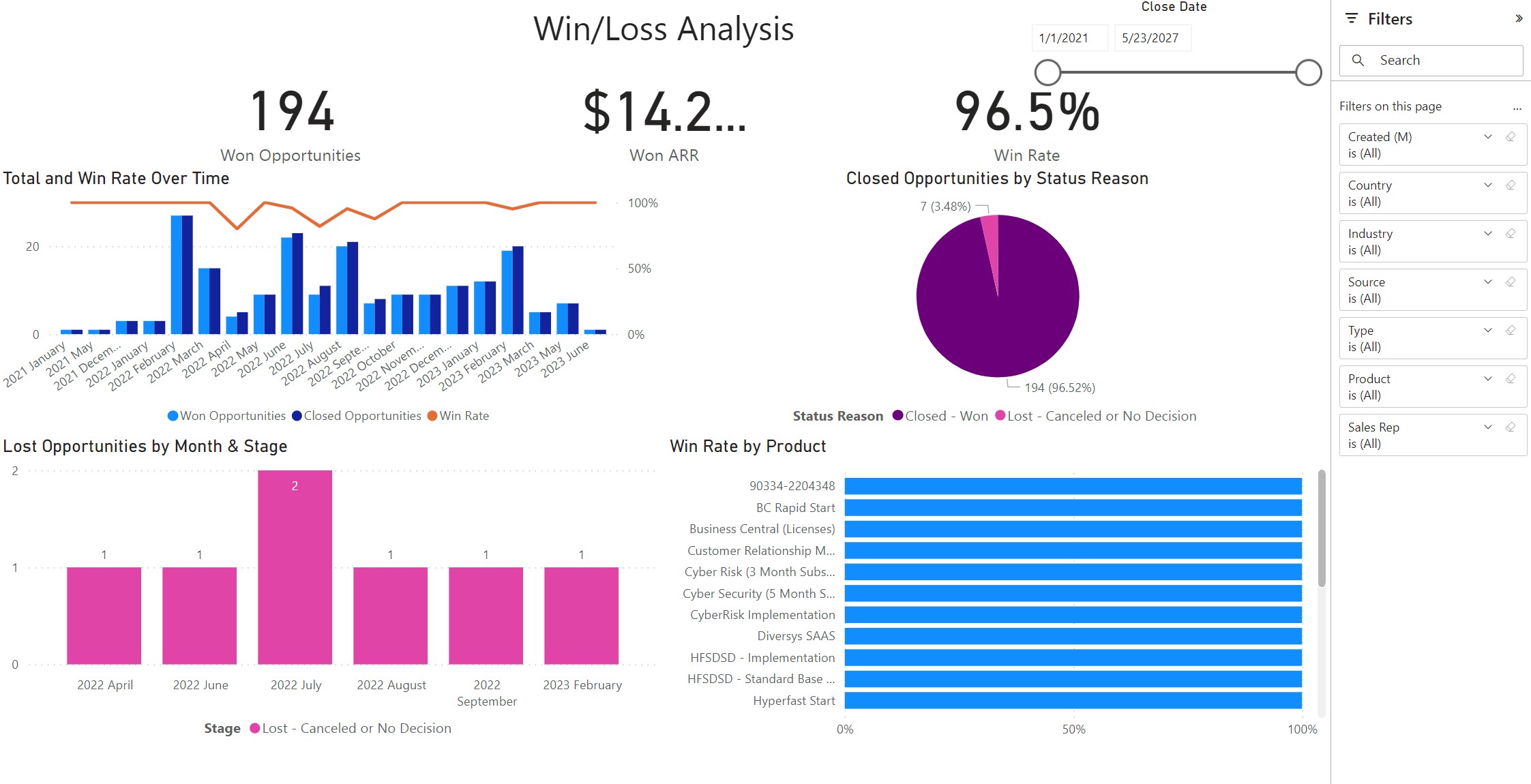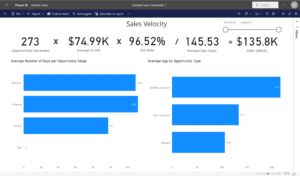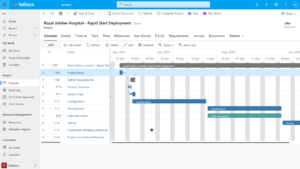
For almost 20 years, B2B Tech CFOs have been able to ignore conversations about their company’s internal CRM system. They probably winced at the cost of the overall internal technology stack but shrugged off the conversation because there were bigger fish to fry. CFOs got used to plugging tool shortcomings with people or manual processes.
For 2023, this should change. CFOs now realize that, in the B2B Tech world, the CRM is the primary system of record, upstream of their accounting function. A poorly conceived system is holding back their revenue operations and business reporting. These systems cost too much money, direct costs and people costs dedicated to their operation, to have shortfalls that generate the need to hire even more human bodies as the company scales.
What a CRM should be in a B2B Tech company
Here are the five ways a CRM should have a positive impact on a company’s revenue operations and financial performance.
Pricing
To maximize average deal size, reduce unnecessary discounting, and remove any ambiguity of what is owned and not owned (which would impact future upsell opportunities), a company should be using products and setting prices for those products. These products should be captured on Opportunities and used to generate quotes, proposals, and order forms. The use of products and pricing will reduce friction at initial invoice, and renewal invoice. It will also provide greater analysis for win/loss. The two quickest ways to improve Sales Velocity is to improve win rate and increase deal size.
Invoicing
When deals are closed and orders generated, the CRM system should generate accurate invoices. This could be a monthly, quarterly, or annual payment of subscriptions. Or it could be service-related invoices like project milestones or time and material billing. Invoicing should be derived in the CRM to ensure accuracy, timely invoicing, and eliminate the need for rekeying. Customers expect to be invoiced the exact line items they approved in the purchase order. Too often accounting reinterprets the line items because they are simply write-in lines. They shouldn’t be.
Subscription Tracking
So many CFOs track the most important revenue number in a spreadsheet. Often accounting systems have trouble deferring recognized revenue on software orders. CFOs need easy access to key metrics like Contracted ARR, monthly recognized ARR, Net Retention, and Gross Retention. They need to know how many customers are active, how many are at risk, and how many dollars of ARR are not yet live.
They should know how much of their ARR is made up of renewal revenue, upsell, or new logo. They should be able to track upsells mid-subscription term and accurately invoice the pro-rated amount, without missing the upsell on the renewals.
Renewals
The CRM system should be generating renewal invoices 60-90 days in advance of the renewal date. Too often accounting simply sends the renewal invoice in advance and hopes for the best. All this does is age your receivables and frustrate your customers.
Customer Visibility
Often AR conversations need to get escalated to customer success teams. It would be helpful to the accounting team if they could have some visibility on project progress, support issues, or open opportunities that the team is working on. This should all exist from one screen in CRM. Often accounting teams need to hit various people in the organization, or call a meeting to discuss aged AR. This is time consuming and counter productive and just ages DSO even further.
Reporting
CFOs have a fiduciary responsibility to the shareholders and board of directors. They need to credibly forecast future outlook. Too often CFOs are beholden to a sales leader’s interpretation of funnel – there is often no formal forecast process. Most Sales Leaders are optimistic by nature and overinflate the bookings outlook, but this raw information should be available to the CFO without the need for any human preparation or manipulation. This is where reporting comes in. CFOs should see key metrics like:
- Bookings to date
- Bookings forecast
- Opportunity Creation (leading indicator)
- Win Rate
- Average Deal Size
- Average Sales Cycle Length
- Sales Velocity
They should be prepared to challenge the assumptions of sellers. These metrics will provide great predictors to bookings up to two quarters out. If there is going to be a problem its best to prepare in advance and communicate in advance.

Win Rate report allows you to analyze results
It’s time to consolidate costs.
2023 should be the year where CFOs drive conversations about internal operations. CFOs are better suited to these conversations than most executives in the business. The economic uncertainty and cost of capital means now is the time to make sure the company is performing at peak. This applies to revenue operations. Now is the time to consolidate as many costs as possible. This includes expensive, bloated, misfunctioning internal tools.
TekStack provides B2B Technology companies with a single platform to replace marketing automation, outbound sequencing, account management, opportunity management, subscription management, professional services, support, and customer success; all from a single tool powered by Microsoft Cloud. There should not be any sacred cows in the organization today. To evaluate the effectiveness of better business operations will only cost you one hour of your time. To start today, contact us here.








